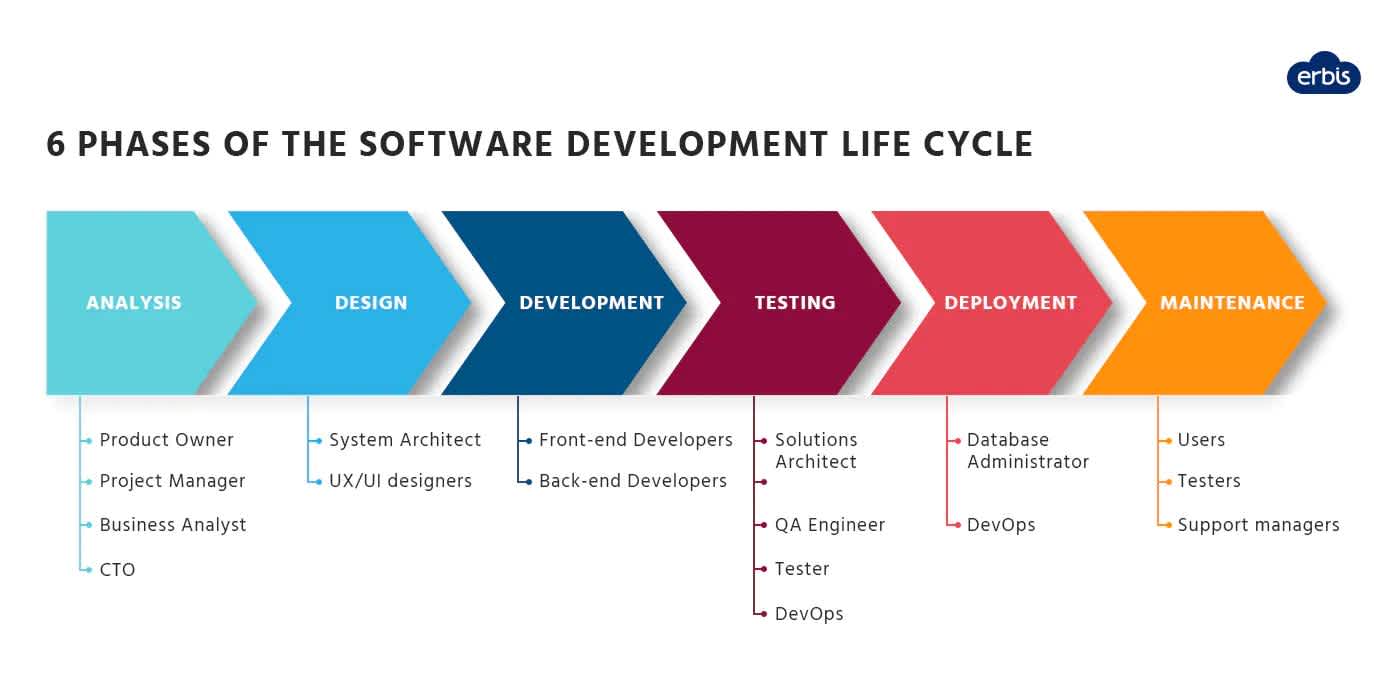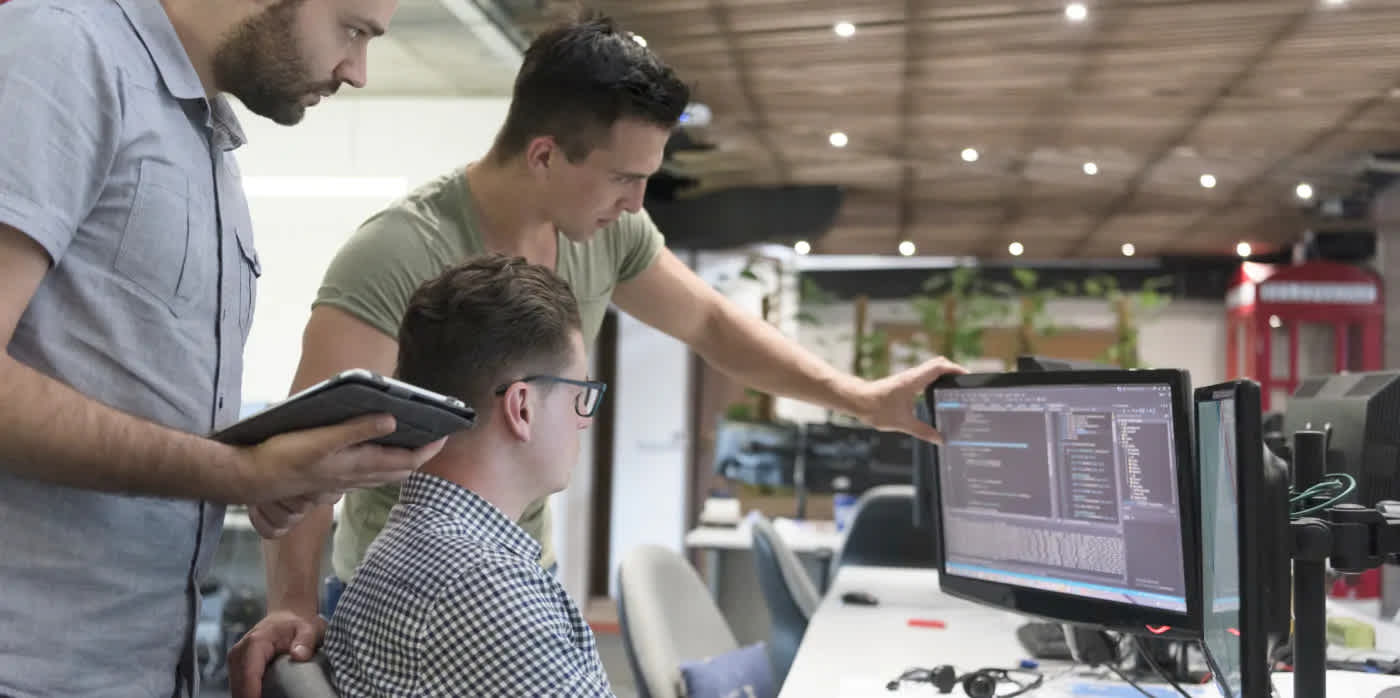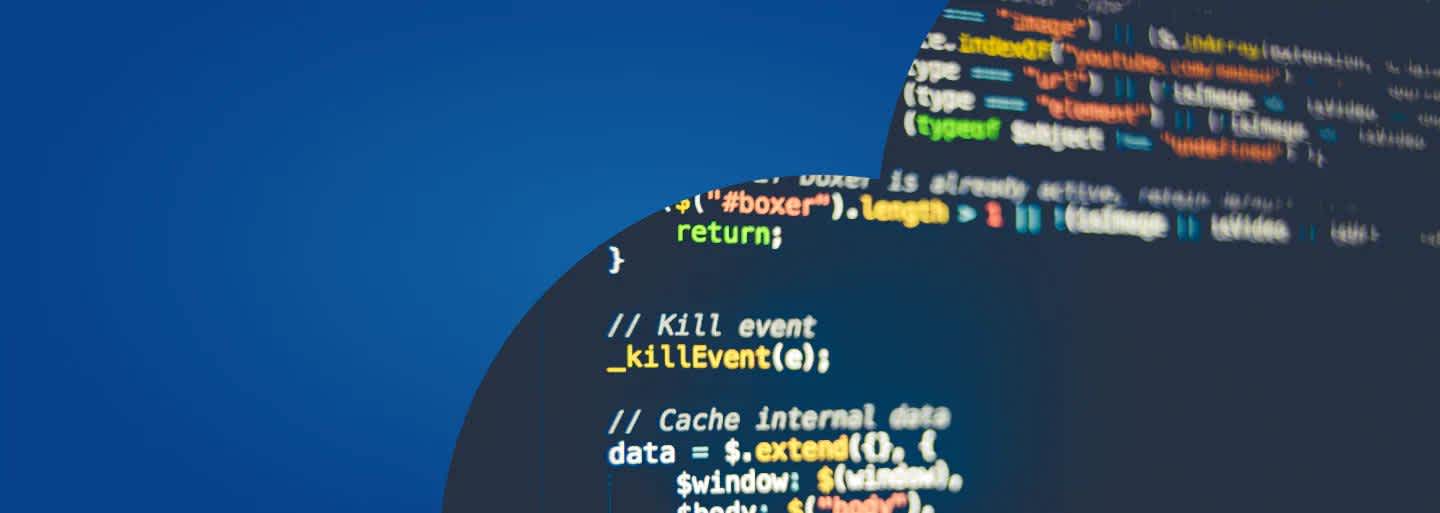6 Phases of Software Engineering Lifecycle
9 out of 10 startups fail because their solution has no market fit. This indicates that the software development analysis stage was skipped or conducted wrong. In such a case all further design, coding, and testing have little sense.
Seeing the big picture is vital when you begin developing software. So before you start crafting your product, take a look at the most common and secure software engineering life cycle to grasp the concept of how a complete process looks like.
1. Analysis

Goal: To gather requirements and define the direction of the software engineering process.
Mistakes made during the analysis phase are the most expensive to fix later. This is the only time to build a foundation for your future product:
Carry out user research;
Analyze the competitors;
Establish business goals;
Measure success;
Map the customer journey;
Plan the budget.
It’s important to take into account the team on the client’s side. Its in-depth knowledge about the product goals and requirements, level of industry knowledge, and readiness to collaborate will contribute to the overall strategy and will make the discovery stage more effective. It’s crucial to engage at least one person from the client’s side to get a better understanding of the scope and goals of your product. Such interaction will help to write a detailed Software Requirements Specification (SRS) and to eliminate risks such as understaffing, over budget, and lack of market demand.
Outcome: Setting requirements and writing SRS
2. Product design

Goal: To convert requirements into detailed software architecture.
Product design can be divided into three fundamental components:
Functionality;
Appearance;
Quality.
Functionality is the priority of an Architect. By narrowing the focus he helps business and technical teams work together on a product that targets both clients’ needs and business goals.
Appearance is a tangible input of UX designers that conduct user research followed by sketching (any kind of it), prototyping, and creating MVP.
Quality stands for meeting customer needs and expectations with a product.
All the above components should be sourced from the SRS document that is a reference point for everyone involved in the project. The vital thing here is a vast understanding of the context for the existence of software engineering services. The more detailed the description of how the application needs to be created would be, the less additional input developers will require at the next coding stage.
Outcome: Software design description.
3. Software development

Goal: Translate the design of the system into code.
This is a lengthy phase though less complicated than the previous two. Using the design description, programmers code the modules using the chosen programming language. The coding tasks are divided between the software engineering team members according to their skillset. Front-end developers create codes for displaying an application or product UI and the elements users need to interplay with the site. Their Back-end counterparts are in charge of the technical side of a product.
Establish conditions for organized and consistent coding:
Use proper guidelines;
Supervise every developer;
Automate deployment process;
Nourish the best programming practices.
Well-written code significantly reduces the number of test runs and maintenance-related problems at the next stages. At Erbis we use innovative design and development practices to drive our client’s growth.
Outcome: testable, functional software, and a Source Code Document.
4. Product testing

Goal: Code verification and bugs detection.
There is one step missing before mass-production testing. It consists of Quality Assurance (QA), Quality Control (QC), and Testing. While these are technically separate parts of the development process dependent on project size, stakeholders often group them as they have the same end goal: to make a high-quality product.
Let’s figure out the difference:
Quality Assurance.This is a process-oriented activity aimed to ensure that the team manages and creates deliverables consistently. The role of QA automation is to identify the reason for the error and to re-engineer the system so that such defects won’t appear any further. Thus focusing efforts on improving QA processes is one of the best investments an organization can make.
Quality Control. This is a product-oriented performance related to intermediate and final results of software engineering. Examples of QC include technical reviews, software testing, and code inspections.
Testing. The tester creates tests and observes the behavior of the particular program under certain conditions. He fills in the documentation and returns it to developers. The best way to ensure that tests are run regularly is to automate them.
Outcome: Software is completely free of bugs and compliant.
5. Deployment

Goal: Software delivery to a target device.
Software deployment refers to the process of running a product on a server or device and can be summarized in three general phases:
Preparation;
Testing;
Deployment.
A piece of software may be deployed several times during the software development lifecycle depending on its functioning and error check results. If it runs smoothly and the way it was intended, then consider your software ready to be launched for beta testing. The support team collects feedback from the first users, and if any bugs come up, the development team fixes them. After that, the final version is rolled out.
Outcome: Fully operational software in a live environment.

6. Maintenance

Goal: Ongoing security monitoring and update.
The process of software development is a never-ending cycle as the plan rarely turns out perfect when it meets reality. In most cases, product maintenance is the continuous phase intended to keep the software stable and up to date. If any new bugs and vulnerabilities appear, the maintenance team will mitigate them or flag them to be addressed in a future version of the software.
There are 2 types of maintenance:
Corrective. This means the fixation of defects that are rooted in production. They emerge because removing all the faults before delivery is extremely difficult.
Adaptive. It’s an addition of requirements you didn’t have in the original plan. Such modification takes shape due to environment or input data change.
Outcome: Utter user experience and productivity.
Conclusion
These steps are roughly the same from one software development life cycle model to another. They tend to occur in this order, though they can also be mixed into a rapidly-repeating cycle (like Agile) or break down into linear sequential phases (like Waterfall). Regardless of the method, the desired result of software engineering services is a competitive and customer-oriented product.
Look at our latest case on re-architecting and maintaining a supply chain management system here.
